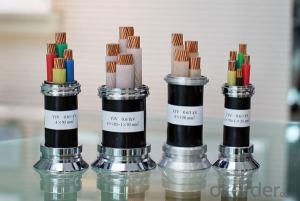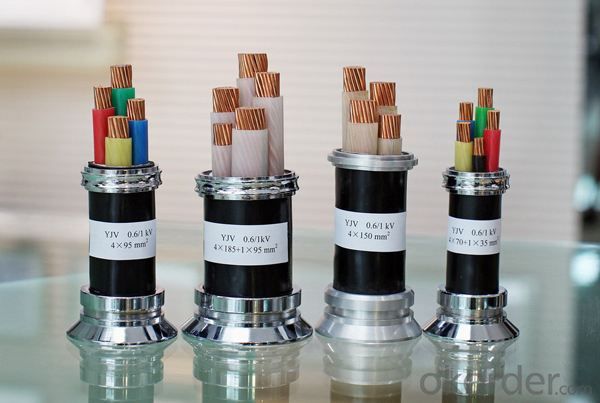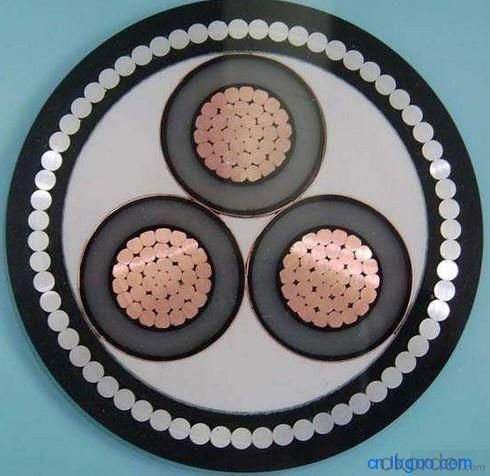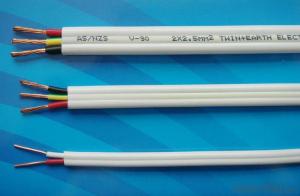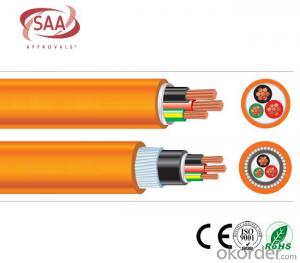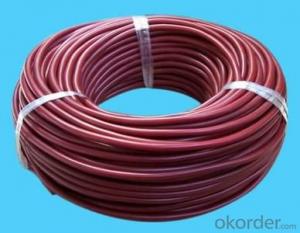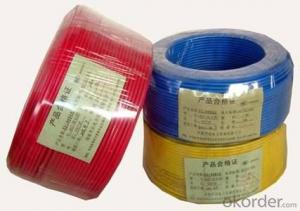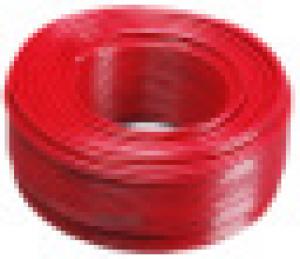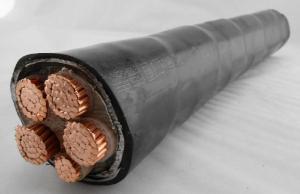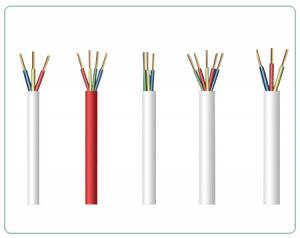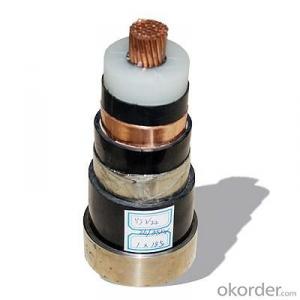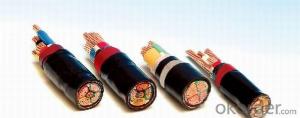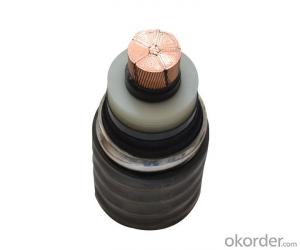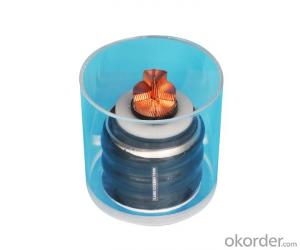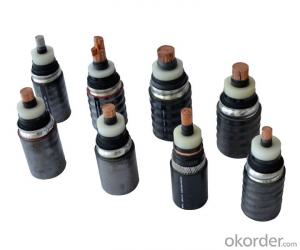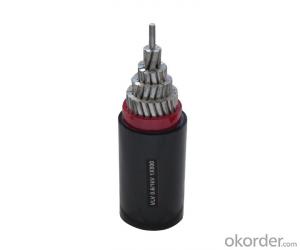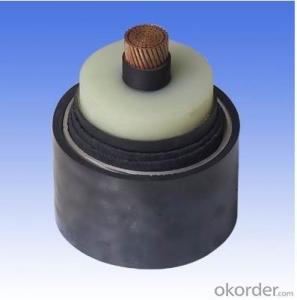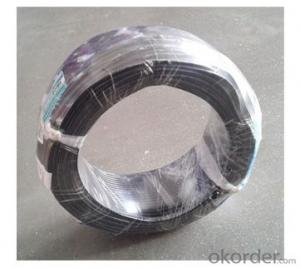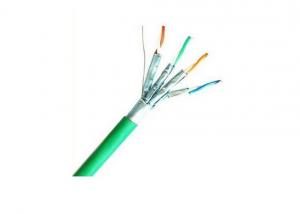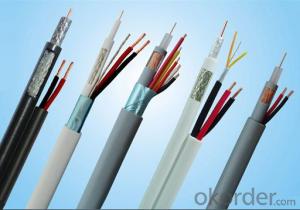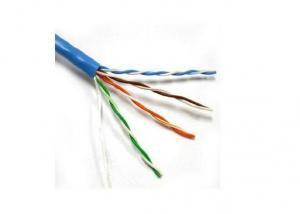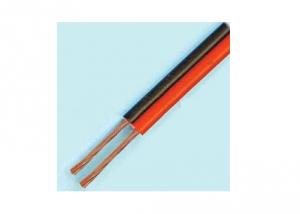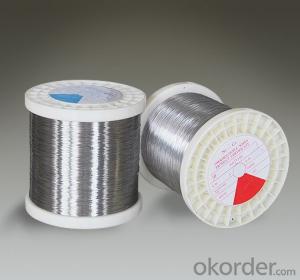Flame-retardent XLPE Insulated Power Cables for Coal Mining of Rated Voltage 8.7/10kV factory
- Loading Port:
- China main port
- Payment Terms:
- TT OR LC
- Min Order Qty:
- 500 m
- Supply Capability:
- 50000 m/month
OKorder Service Pledge
OKorder Financial Service
You Might Also Like
Specifications
ISO9001:2008, ISO14001, APIQ1, CE
2.Rated voltage:8.7/10kV
1. Executive Standard
MT818.13-2009 (Chinese) Cables for coal mine part 13: Cross-linked polyethylene insulation power cables for coal mine rated voltage up to and including 8.7/10kV.
Produt Model ,Name and Use shown in Table 1
| Model | Name | Use |
| MYJV22 | XLPE insulator PVC sheathed power cable for coal mining | Mainly used for laying indoors and in the tunnel and pipelines. The cable can not bear greater external machanical forces |
| MYJV22 | XLPE insulator steel tape armoured PVC sheathed power cable for coal mining | Mainly used for laying indoors and underground, and in the tunnel and pipelines. The cable can not bear greater machanical tension, but certain machanical pressure |
| MYJV32 | XLPE insulator thin steel wire armoured PVC sheathed power cable for coal mining | Mainly used for laying indoors and underground, and in the tunnel and pipelines. The cable can bear greater machanical tension and certain machanical pressure |
| MYJV42 | XLPE insulator thick steel wire armoured PVC sheathed power cable for coal mining | Mainly used for laying indoors and underground, and in the tunnel and pipelines. The cable can bear certain machanical pressure and greater machanical tension |
Product Insulation Thickness shown in Table
| Model | Nominal section(mm2) | Conductor DC resistance at 20°C(Ω/km) |
| No Tin Plating | ||
| MVV MVV22 | 1.5 | 12.1 |
| 2.5 | 7.41 | |
| 4 | 4.61 | |
| 6 | 3.08 | |
| 10 | 1.83 | |
| 16 | 1.15 | |
| 25 | 0.727 | |
| 35 | 0.524 | |
| 50 | 0.387 | |
| 70 | 0.268 | |
| 95 | 0.193 | |
| 120 | 0.153 | |
| 150 | 0.124 | |
| 185 | 0.0991 | |
| 240 | 0.0754 | |
| 300 | 0.0601 |
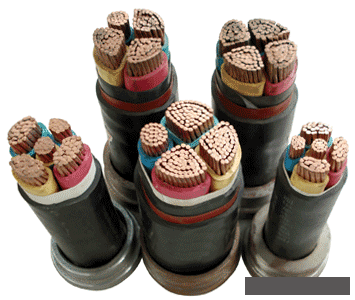
2. Product Working Conditions
(1) The Maximum rated working temperature of the cable conductor is 90 °C.
(2) The Maximum temperature of the cable conductor is 250°C, when it is short-circuited( the longest duration time is 5s)
(3) The Minimum bending radius of the cable is 15 times of the diameter.
3. Packaging
(1) The cable drums for delivery should comply with the requirements of JB/T 8137.
(2) The coils of cable should be neatly wound on to the cable drums for delivery. The cable end should be tightly encapsulated.
(3) Only the cable of the same model and specifications is allowed to be wound on to one cable drum.
(4) The cables provided in rolls or bunches should be packaged in a proper way. The weight of every roll should not be more than 80kg.
(5) The cable drum should be attached with the packaging signs prescribed in 8.4 and indicate its right rotation direction.
4. Transport and Storage
The cables should adjust to all the transport means including the water, land and air transport. In the process of transport and storage, great attention should be paid to:
(1) Preventing moisture from entering into the cable.
(2) Preventing severe bending and other mechanical damages.
(3) Preventing high temperature and exposure to the sunlight.
- Q: I have two side-by-side outlets. One does not work at all. I've checked all the connections and cannot get it to work.I noticed that the adjacent box has a black and white wire connected while the error box only had a red and white wire going to the box. Is this right? When I test the wires going into the box, there is no voltage whatsoever.
- Get a book on Basic Electrical wiring for homes. From your description I suspect that you have a missing wire in the system. The cable with 3 conductors indicates a switched circuit but it should also have a source for the voltage. If you have a switch in the circuit in the room turn it on and test the device for power. Good luck to you.
- Q: I'm 16 now, but 5 years ago I started doing electrical work at home without anyone's supervision. I changed a few outlets and switches with new ones, and wired some new outlets in the basement where there weren't any. I did this while my parents went out bowling for the evening. If your son did that, how would you feel about that? I wired everything according to code, and turned off the right breaker while working on things.
- my little brother was big time into electrics he use to fiddle with everything when he was 5 he was the only one who knew how to fix my mom's vacuum i swear, the kid was born a electricity genius. Still to this day he is the first one any of us call when we have wiring problems i am glad my parent nurtured his interest and talent the guy is amazing!
- Q: Electrical wire sheathing should NOT project more than about 1 inch into the--plumbing line-floor joist-ground or -electric panel
- Electrical panel! Hope this helps pass your test you are taking!!
- Q: The total power of six kilowatts need to install the number of square wires
- See you specifically what electrical appliances to take what is, 1 ? BV line can be connected to 3 kilowatts, but have to take into account the voltage and start the current, please add detailed friends ~
- Q: HelloRecently I installed 100W Bulbs in my home and noticed that the light fixtures became extremely hot and within 10 minutes they had started melting the insulation. So i looked at the wire and found that it was 18 Gauge and found that through all fixtures of the home some of them with at least 20 feet of wiring is this up to code? I also noticed that many sockets would not allow a laptop to charge or even a cell phone what could be the cause of this? I'm in ontario canada.
- I believe that Ontario codes requires that NMD90 14 gauge wire be used.
- Q: Electrical supplies
- Not at this time. Some wiring has been in continuous service for periods exceeding 80 years. Wiring does deteriorate. Insulation decomposes, connections oxidize, conductors are embrittled. However, Steps taken 100 years ago to regulate and standardize wiring practice have allowed most installations to fail safe.
- Q: I live in a building that was built in 1928. Much of the original wire is still in use, Recently, I tried to install a new ceiling fixture but the wire was so old that when I touched the cloth insulation some of it literally turned to dust. (As a result, I called an electrician to replace the wire and install the light.) In the early 1970s, the building was upgraded with circuit breakers and some new wire, but does the old wire need to be replaced? Is it a fire hazard?
- From 1928? Don't forget that even bare naked wires can perform perfectly--until they touch.
- Q: I have 60 ft and 40 ft of the 1/0 electrical THHN STRANDED wire. I don;t know if be possible to join both, due to I need 95 ft. Does anybody give me an idea? Thanks.
- There are splice fittings available to joining cables of this type. The are rather like a metal tube open at both ends with bolts on the sides. You may insert the end of one cable in one side and the end of the other cable into the other side and then tighten the bolts to secure the wires into one piece. The splice may then be covered with electrician's tape or electrical shrink tubing to insulate and protect it. You might try your home improvement center or electrical supply house as sources for these fittings.
- Q: I just bought a house, and the area where the dryer needs to go only has a two foot electrical wire coming out of the wall. It's an old house, and it's possible these people just hooked those wires directly to the dryer without using an outlet. Is that possible? Or do I need to install those wires into a three prong outlet for electrical supply to my dryer?Thanks!
- Yes, you can hardwire a dryer or stove to that wire. They always used to be done that way and still could be unless code forbids it where you are. But it's really best to have an outlet instead, and new appliances come with plugs on them now. Makes it far easier if you ever need to disconnect the appliance for any reason because all you have to do is unplug instead of shutting off the power, disconnecting it all, and doing the reverse later, and gives you much more freedom to move them out to clean behind them. A dryer will take a four prong outlet because it has a 220 volt supply.
- Q: I want to know why this happens in terms of whats going on at an atomic scale with the flowing electrons in the metallic bond. Thanks
- Temp. increases with increasing current because the wire dissipates more electrical power. P VI I^2*R. At normal temperatures a higher temperature means more resistance because more thermal motion of ions causes scattering of electrons. Scattering is random motion rather than the expected motion in the direction of (electron) current flow. From the ref., Near room temperatures, the thermal motion of ions is the primary source of scattering of electrons (due to destructive interference of free electron wave on non-correlating potentials of ions), and is thus the prime cause of metal resistance. If you are wondering about resistance behavior at lower temperatures, the ref. says At lower temperatures (less than the Debye temperature), the resistance decreases as T^5 due to the electrons scattering off of phonons. At even lower temperatures, the dominant scattering mechanism for electrons is other electrons, and the resistance decreases as T^2. EDIT: You said why does a decrease in the current cause an increase in the resistance; I think you're talking about some nonlinear effect that's typically associated with semiconductors, not metals.
Send your message to us
Flame-retardent XLPE Insulated Power Cables for Coal Mining of Rated Voltage 8.7/10kV factory
- Loading Port:
- China main port
- Payment Terms:
- TT OR LC
- Min Order Qty:
- 500 m
- Supply Capability:
- 50000 m/month
OKorder Service Pledge
OKorder Financial Service
Similar products
Hot products
Hot Searches
Related keywords
